| When light reflects off a mirror, what does that actually mean? What kind of readings do we get with the digital light meter? Sixth graders explored these ideas using an angled setup of five varying angles to see and measure what happens. Our two big findings: the angle the light hits the mirror always equals the angle the light reflects off the mirror (angle of incidence = angle of reflection) and the more direct path the light takes the more intense it reads on the meter. |
|
This past week, sixth graders were asked to showcase what they knew about how we see things in a way that was most comfortable to them. Below is a sampling of some students' work, and boy, did they knock it out of the ballpark! Here's the actual assignment description, too: 1. Josh's Song: Models2. Gio's Google Drawing3.Tristan's Explanation Video4. Aaron's Physical Model7. Maddie's Play8. Peyton's Video6. Ella's Progression of the Models5. Ryan's Play6. Asier's Drawing Video7. Alba's Google Drawing8. Abby's Comic Strip9. Alex's Video10. Andrew's Progression from Model to Model11. Sophia's Song12. Tess' Comic Strip13. Adam's Video14. Zoe's Song
15. Kayla's Video16. Brendan's Google Drawing17. Maia's Video/Song18. Matt's Stop-Motion VideoAs students gather more and more evidence to show how we see things, they are refining their models to explain how we might see an object, or most recently, a shadow. They've been asked to showcase their understanding in a way that's most comfortable to them. Maybe that's in a drawing...or a physical object...or maybe in a play. In order to show them what I was thinking...I made a video for them while they "performed." Enjoy! After experimenting with flashlights and our hands, students quickly discovered that our consensus model did not tell anything about what happens to light when it is blocked by an object. As scientists, students know that models can be changed as they gather more evidence. So that's just what we did...change our models to include what happens when a shadow is created! We developed a similar consensus model to show not only on how we see an object, but how an object can create a shadow and how we can see it! We also discussed the intensity of the light, especially after our light meter experience. There would be the MOST like reflecting off the object, and therefore, our light meter reading would be highest right near the object. The least light would be in the shadow, since a shadow is the absence of light. We only see a shadow because the light that was able to pass over the object reflects into our eyes. The light meter reading would be the lowest here, because the least light reflects into our eyes.
One last thing...which of these student-generated images correctly shows how a shadow is cast? You be the judge! How can we mathematically prove that brighter areas reflect more light than darker areas? Sixth graders used their first probe of the year, which was a digital light meter. Exploring the classroom, students were to measure the amount of light reflecting off of various surfaces. Students quickly discovered that the intensity of the light changes as you get farther from a light source and farther from an object reflecting light. Great work on your data collection scientists!
Sixth graders are working on their summarizing skills...just what have we learned about how we see since the beginning of the year? Check out one class' concept map, explaining in words and pictures what they've discovered about how we see!
Just last week, student groups built physical models for how we see an object, indicating both the strengths and weaknesses of their models. This week we took a twist, and instead created a 2D model of how we see things. Each group had the same materials, and as scientists, we are working to build a consensus model for how we see things. The three images above are what the classes came up with. In a class discussion, we reflected upon why each model would or wouldn't be a good representation for how we see an object.
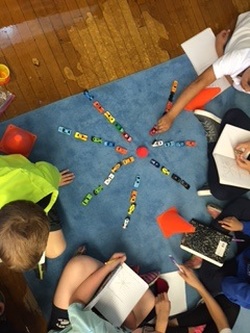 After our experiments with the light boxes, students are starting to gather evidence for how light behaves. Using a light bulb, students recognized that light travels in straight lines, comes out in all directions, continuous on forever, and only stops when something blocks it from continuing onward. We've officially defined a model as anything that illustrates or explains how a phenomena works. This means it can be a graph, a drawing, words, or even a simulation. Many different models exist that explain scientific phenomena. While each model can help explain something, no model is perfect. There are strengths and weaknesses to every model. For example, in the picture above, students recognized that the model to show how light behaves showed light traveling in straight lines and in many directions, the cars just "stopped," indicating that light somehow stopped, too, without anything blocking it. Students also acknowledged that the model did not show the 3-D aspect of light coming out from a bulb, and that our model only showing the light moving to/from the bulb. Taking what they learned from developing a model to explain how light behaves, students worked in teams to develop their own physical models for how people see. Check out their work! Groups will be analyzing their models in depth to acknowledge if they represent how people see objects, including the strengths and weaknesses of their models. What are the conditions needed to see an object?
Students explored this idea using a light box, which had an object inside. Students were gathering evidence for what they could and couldn't see when there wasn't light in the box, and for when they lifted the light tab and allowed light in. So what did we figure out from this experience? In order to see an object the following four conditions must be present: 1. An eye to see the object. 2. An unblocked path between the object and the eye. 3. Light 4. An object to be seen. Are our eyes playing tricks on us? Or is what we're seeing real?
Our first unit in sixth grade will be based on the driving question, "Can I Believe My Eyes?" Students will be utilizing three-dimensional learning from the NGSS, and will spend a lot of the unit asking and answering their own questions about what their eyes can believe through modeling and investigations. As students uncover new information about how light behaves, their models will change...and so will their thinking! Our Driving Question Board is up and running...and students asked all kinds of questions about light, colors, and seeing. What do we need to see? Does the color of my eyes affect what I see? Why when I look at an optical illusion is my head thinking something other than what I know is really there? Does my location in the room affect what I see? Our culminating game on Friday had students stumped and really thinking about what they could and couldn't see. Students played a game determining the factors that affected what they could and couldn't see. Not one student could find the red balloon they were prompted to find. I wonder why...hmmmmmm... How will this game of finding objects help students develop a model of what they can and cannot see? Only time will tell! |
Mrs. Brinza
Archives
January 2016
Categories |
||||||||
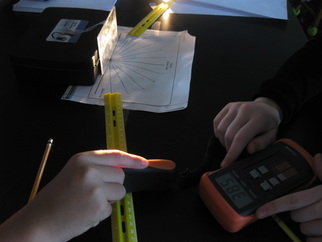
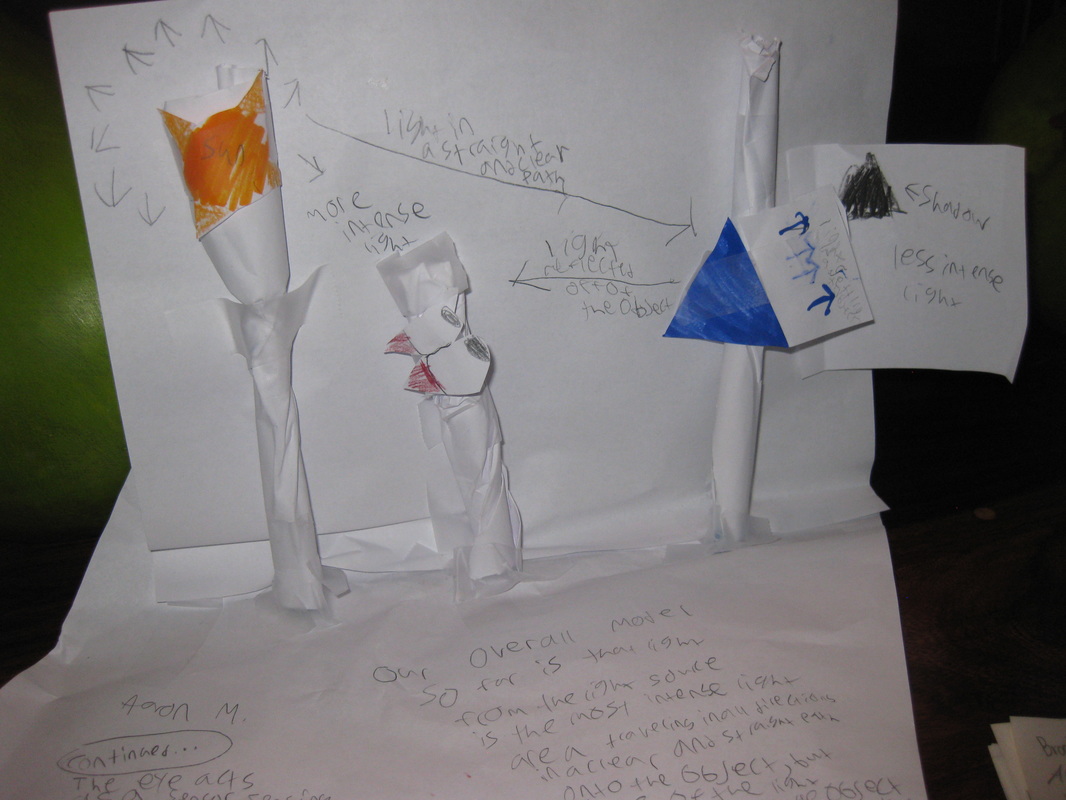
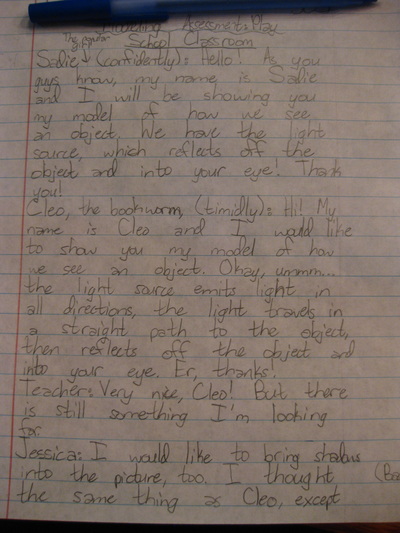
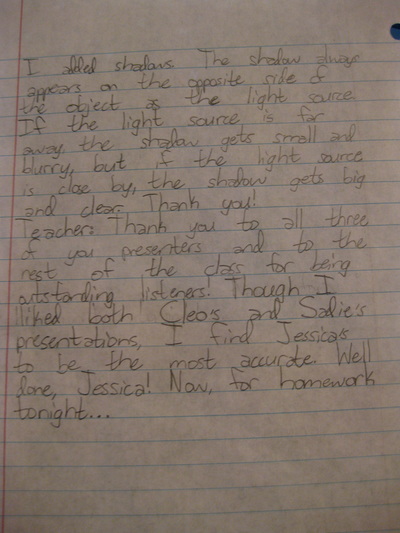
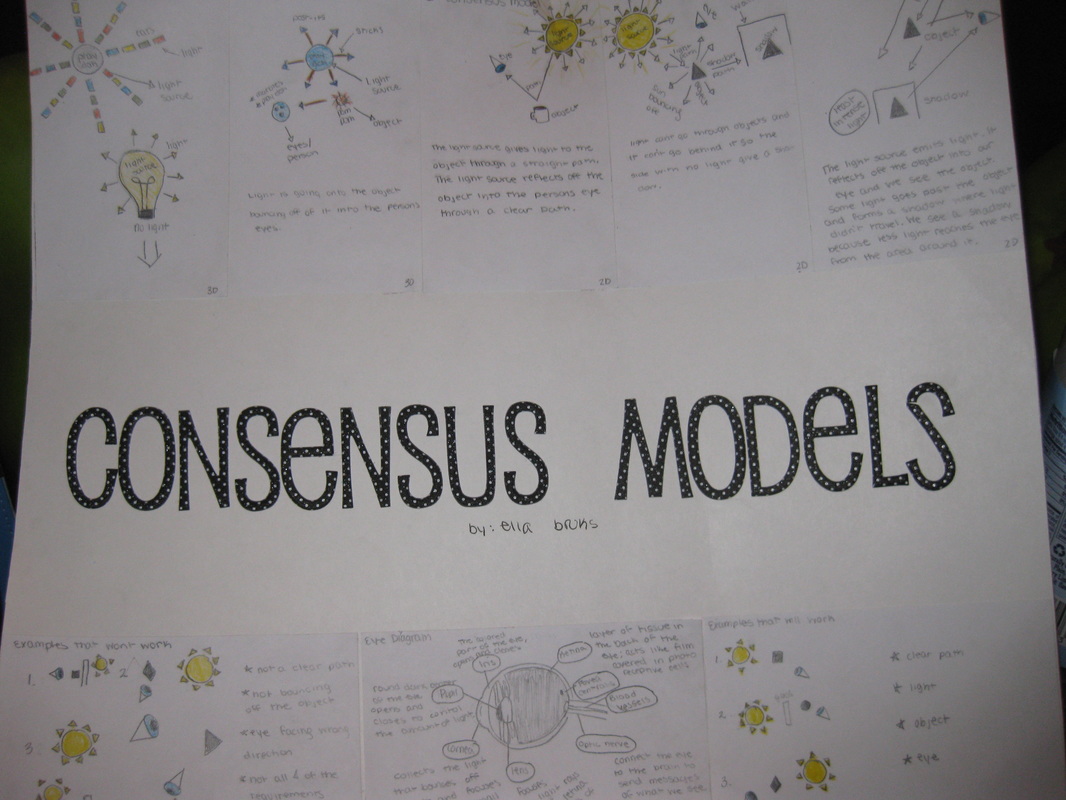
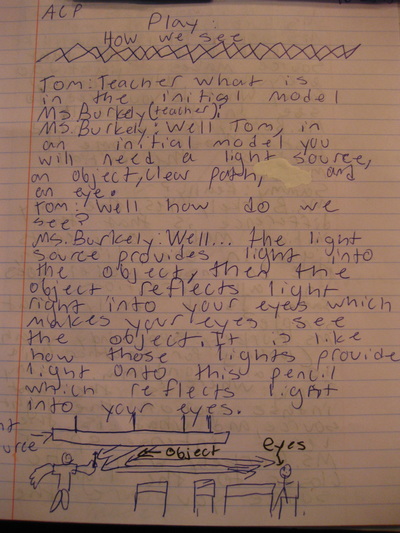
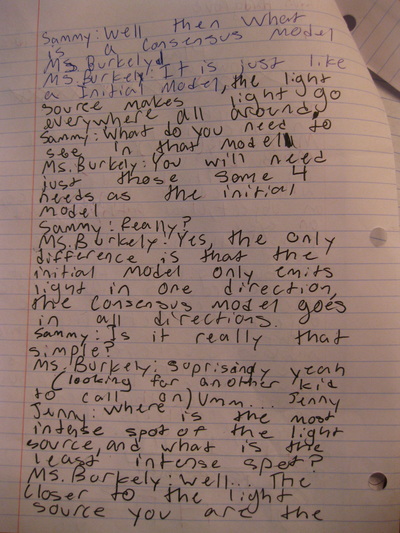
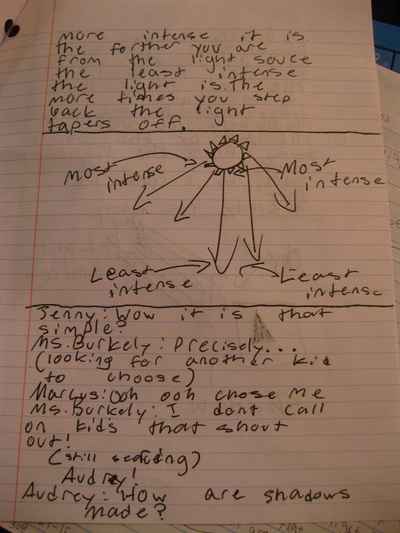
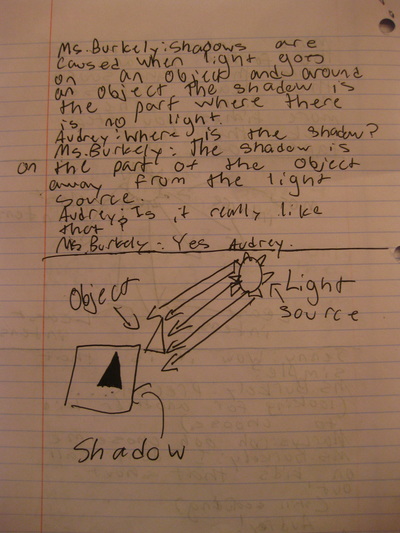
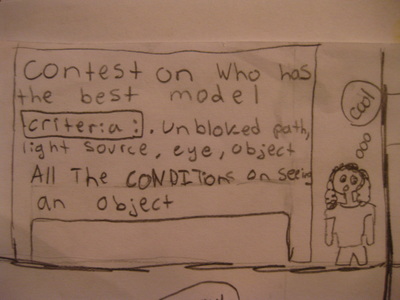
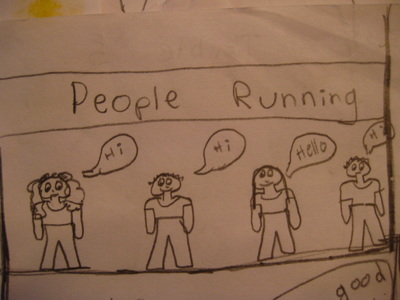
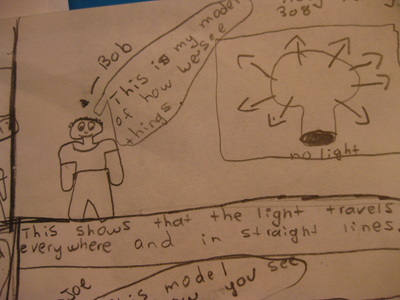
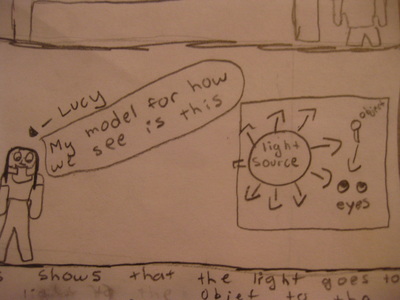
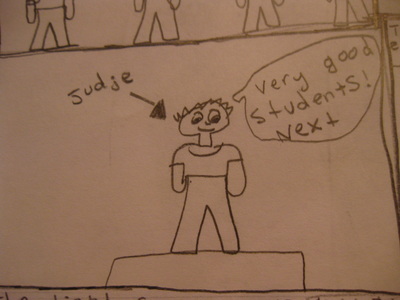
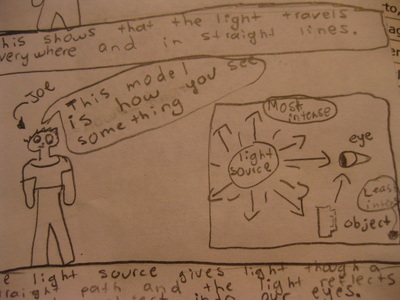
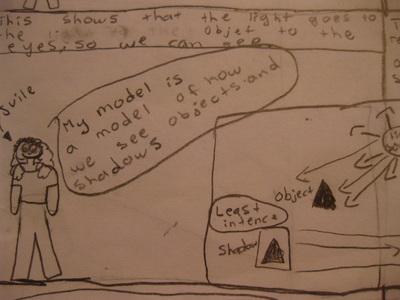
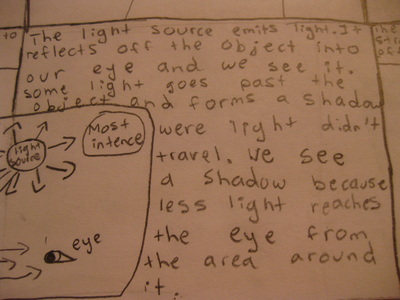
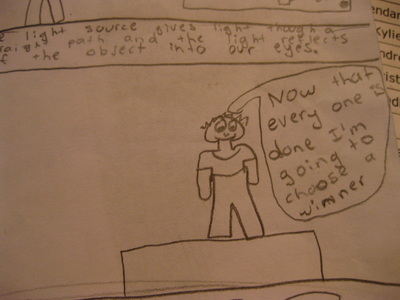
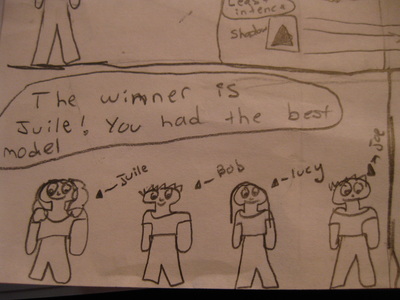
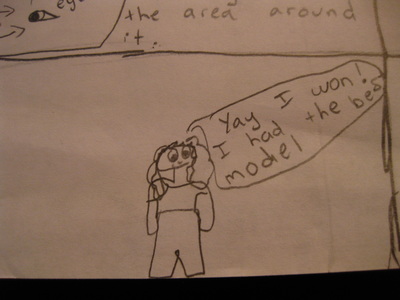
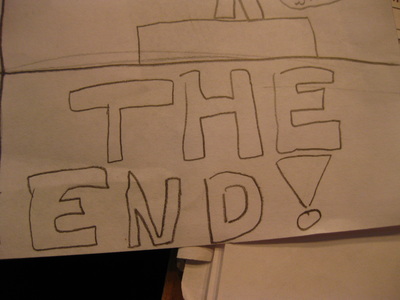
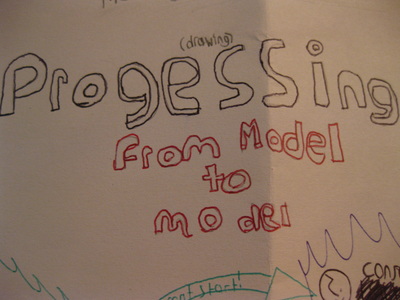
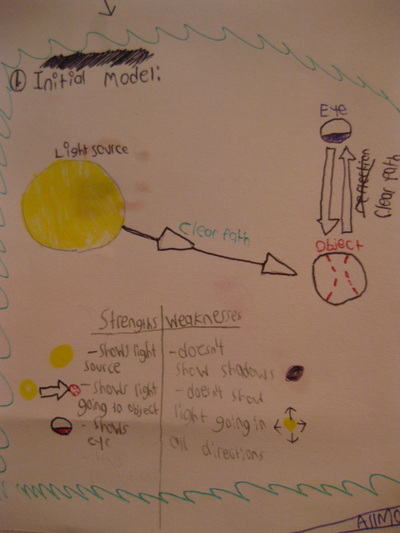
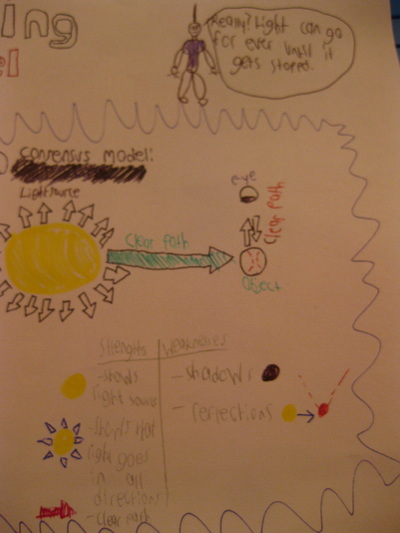
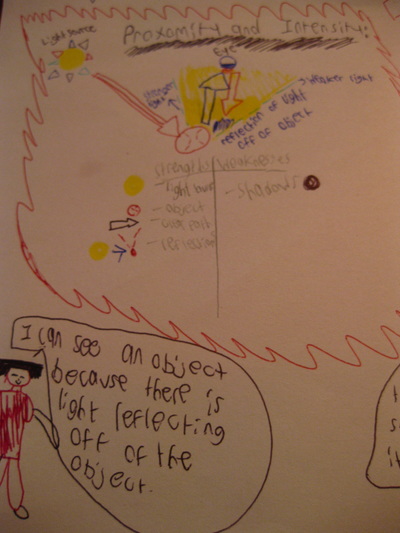
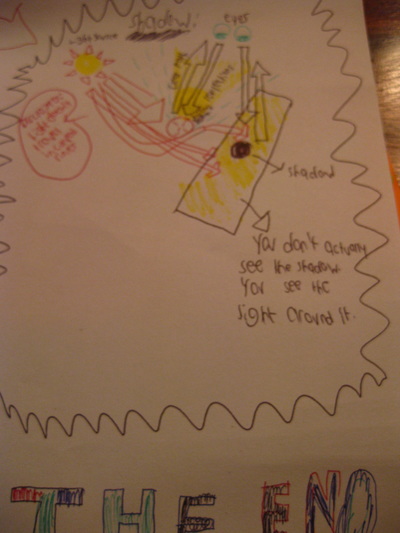
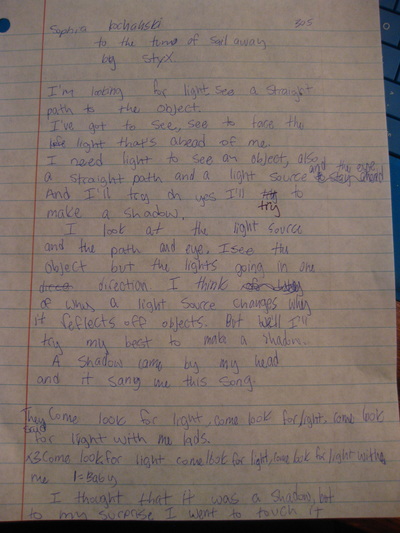
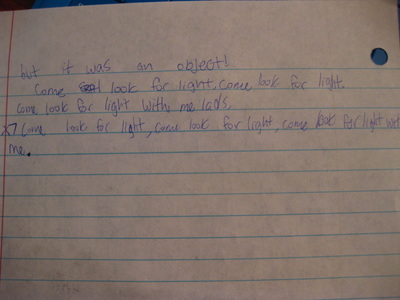
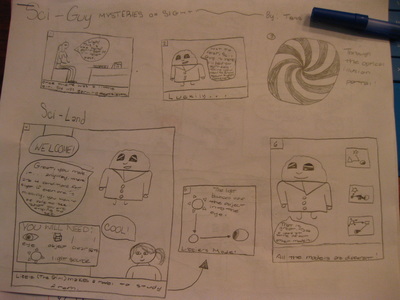
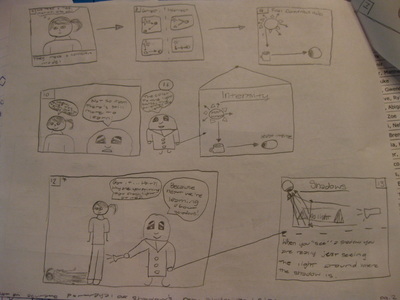
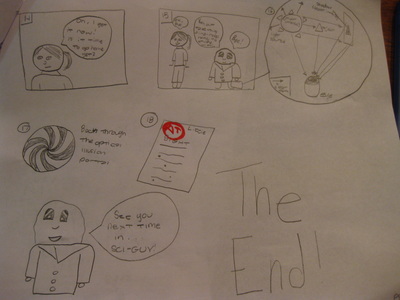
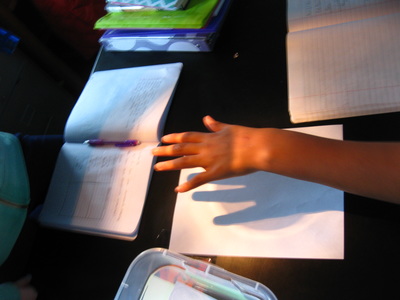
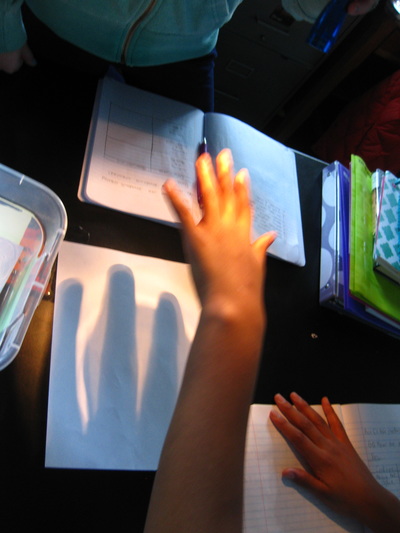
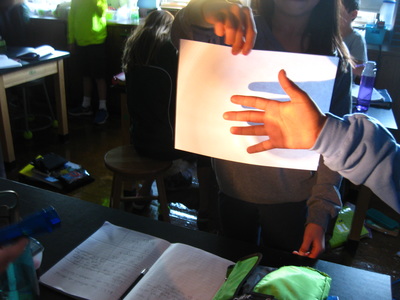
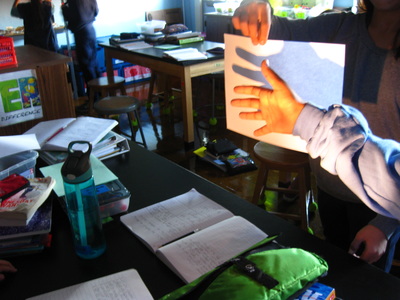
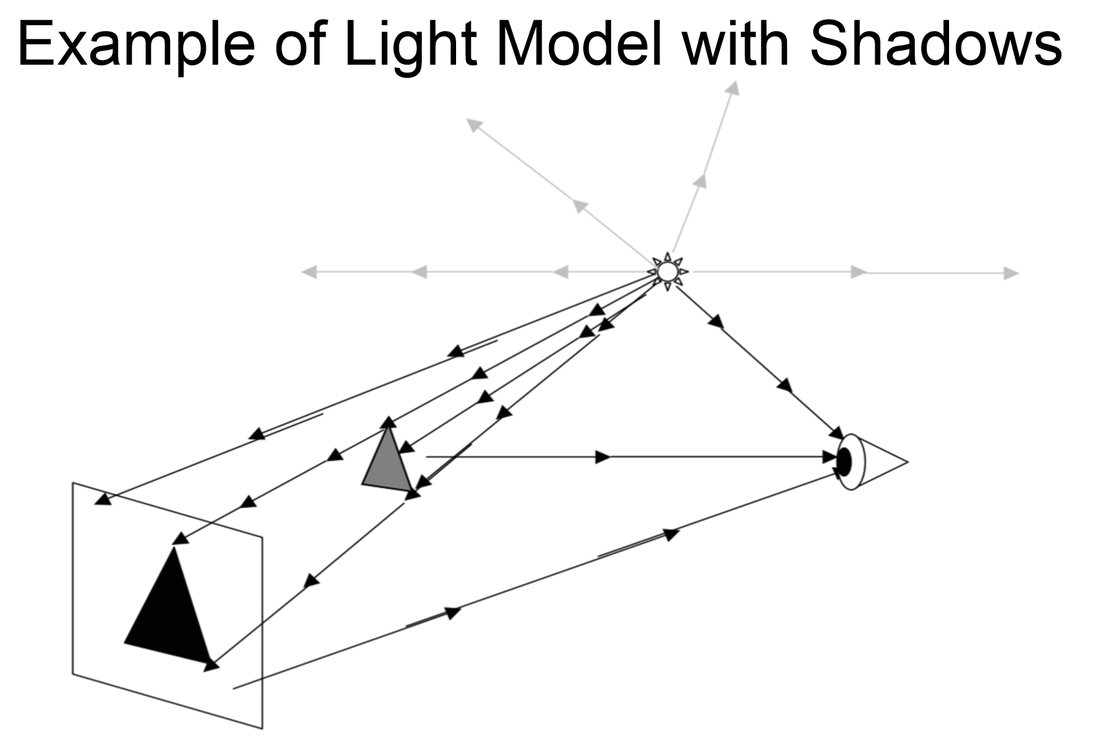
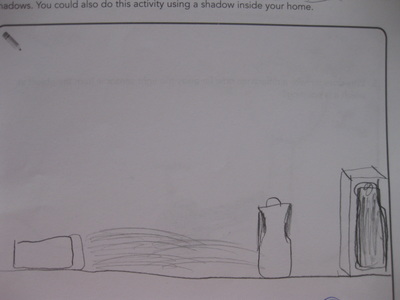
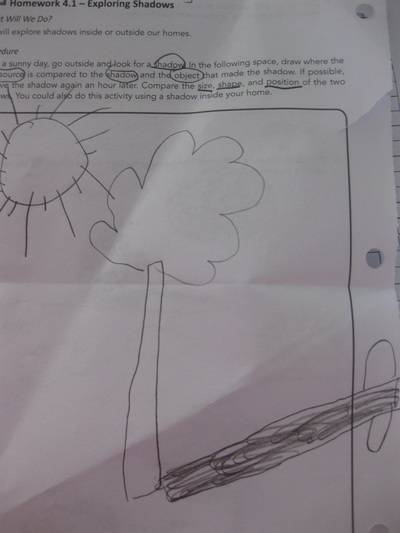
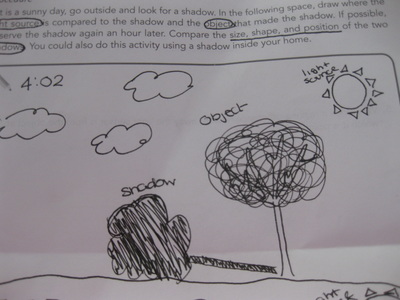
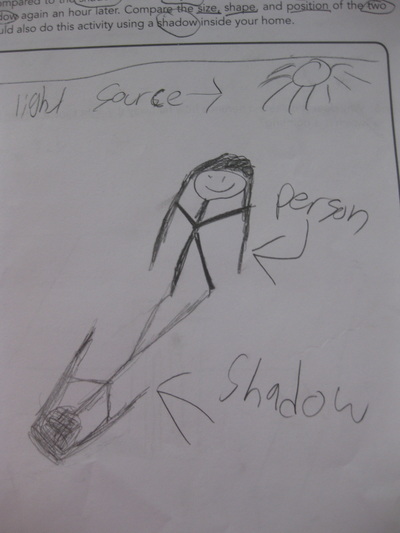
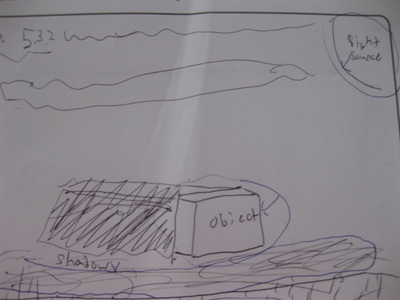
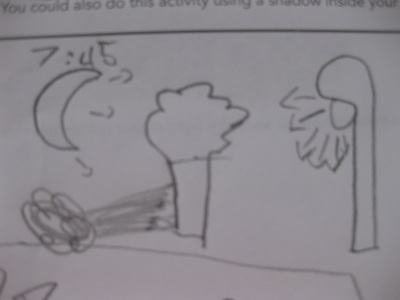
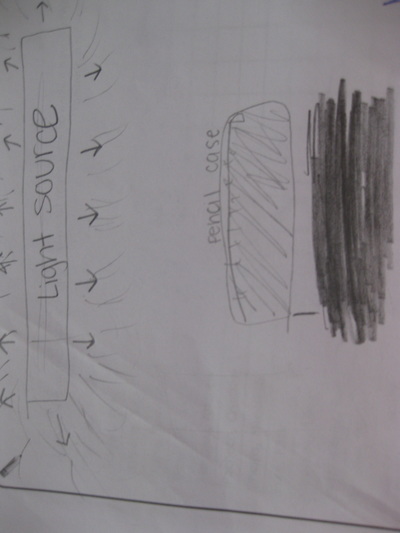
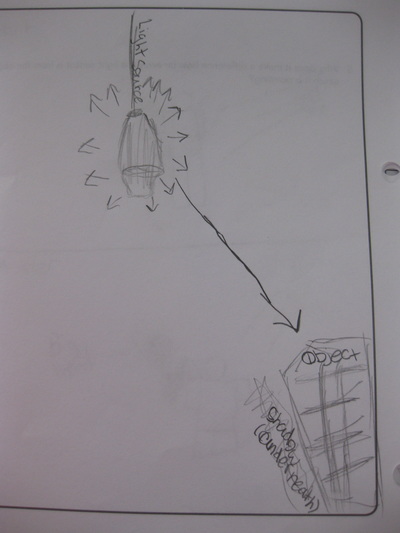
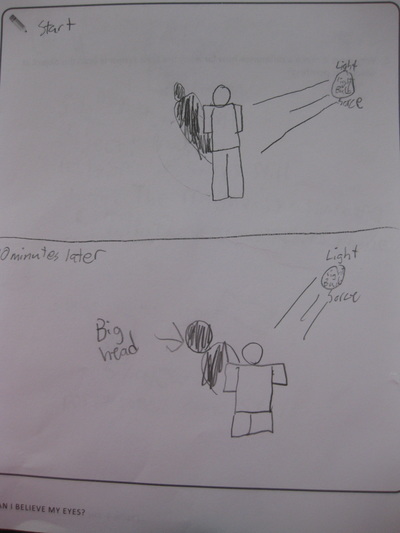
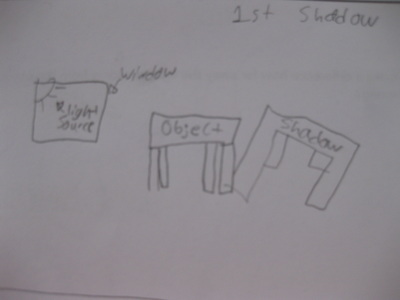
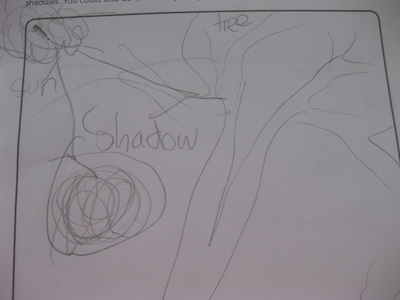
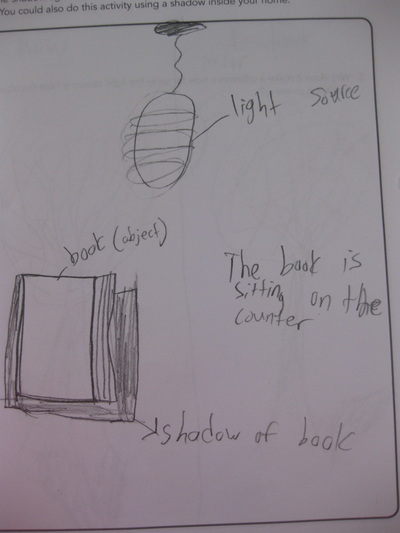
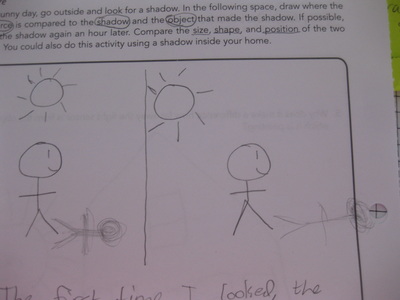
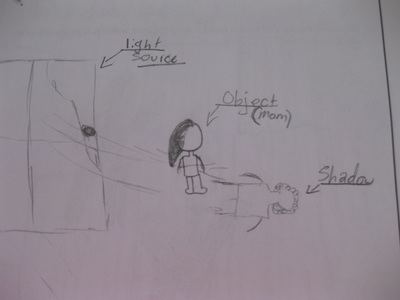
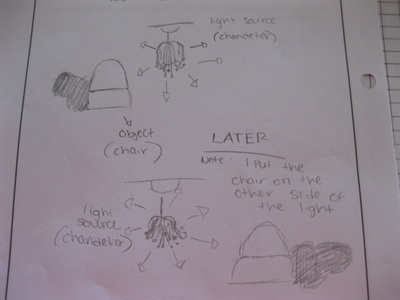
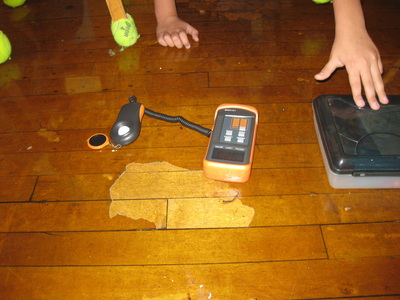
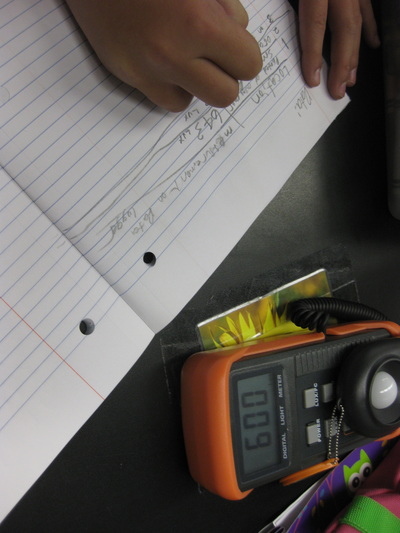
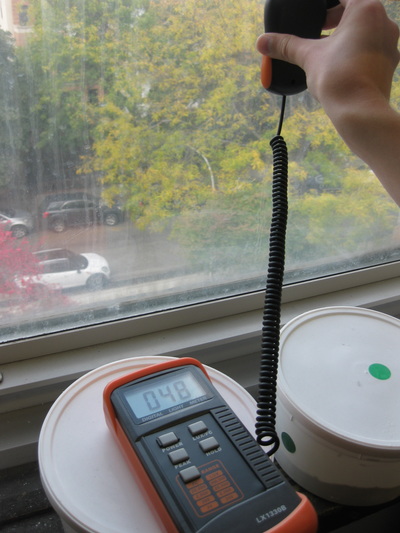
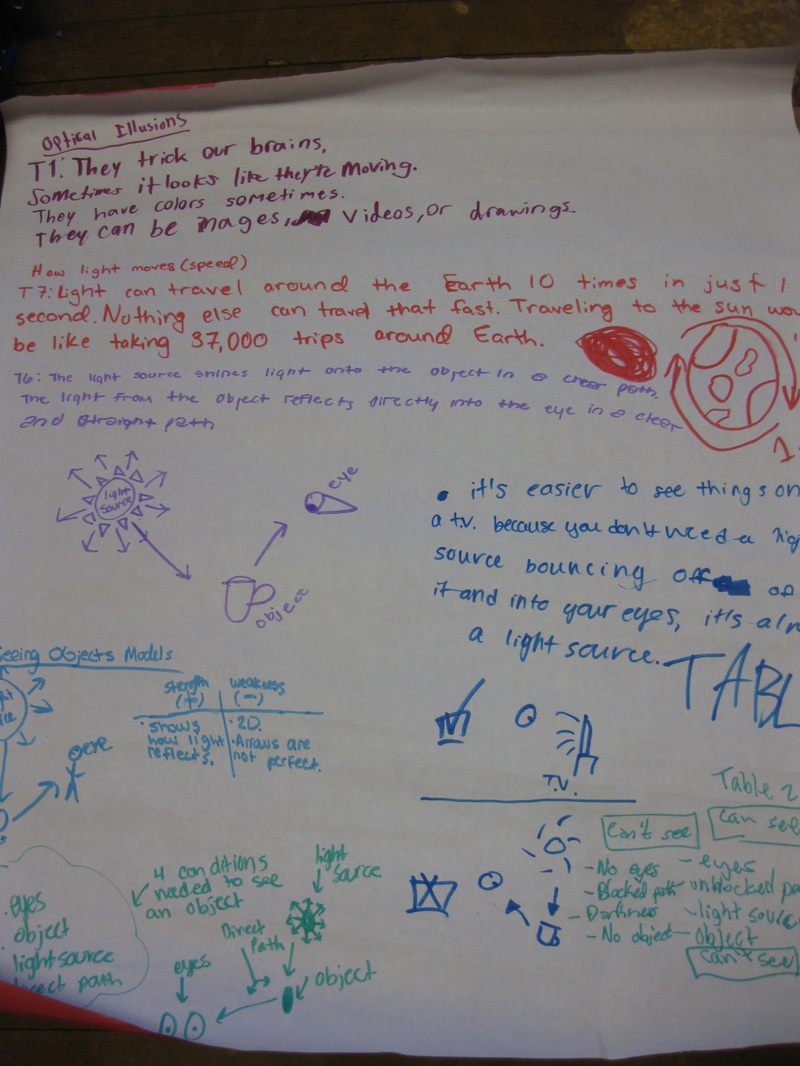
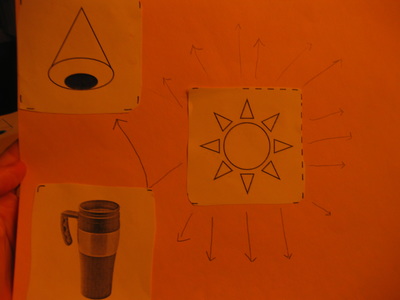
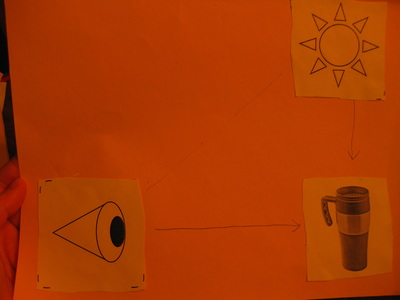
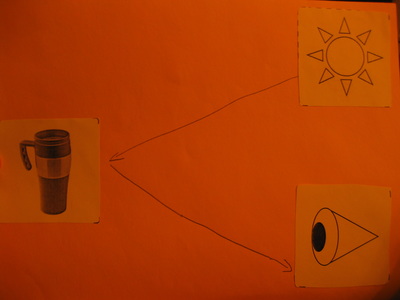
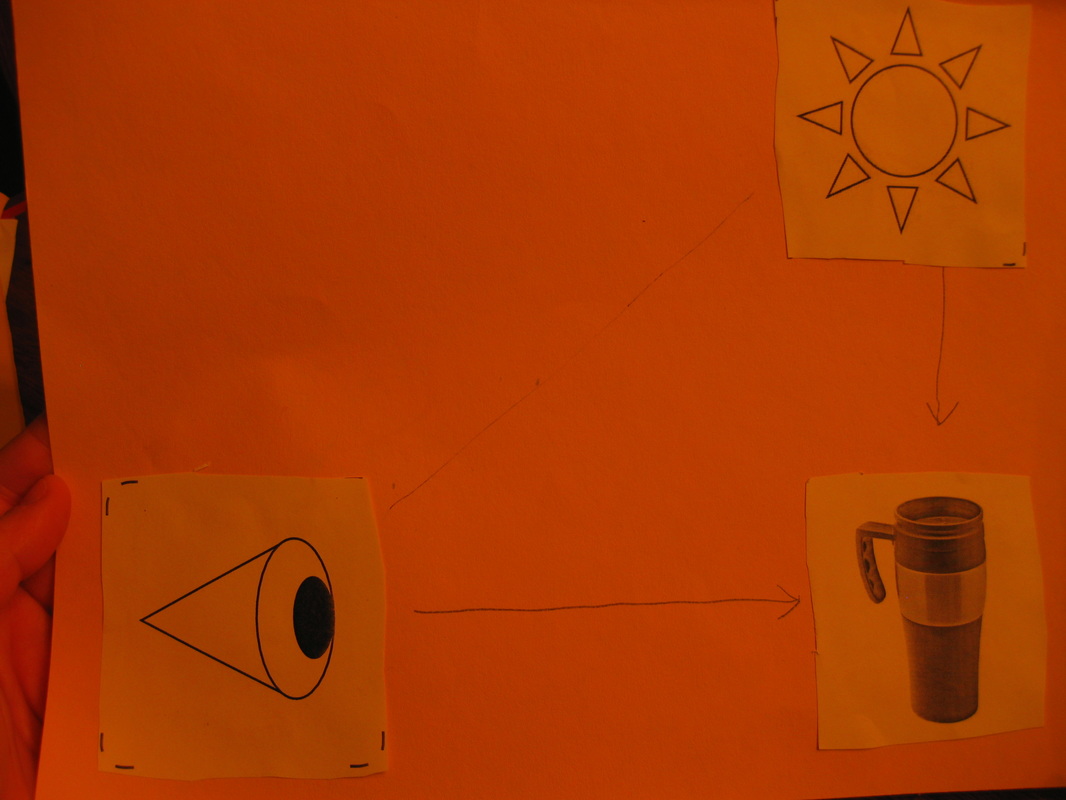
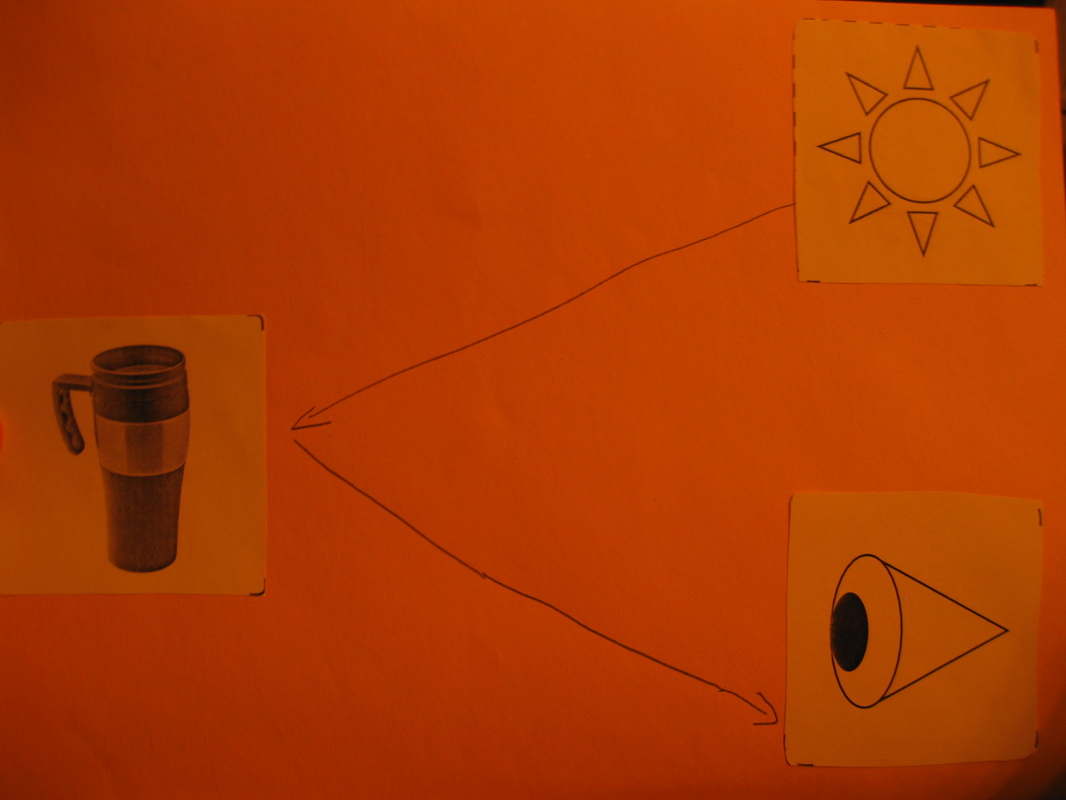
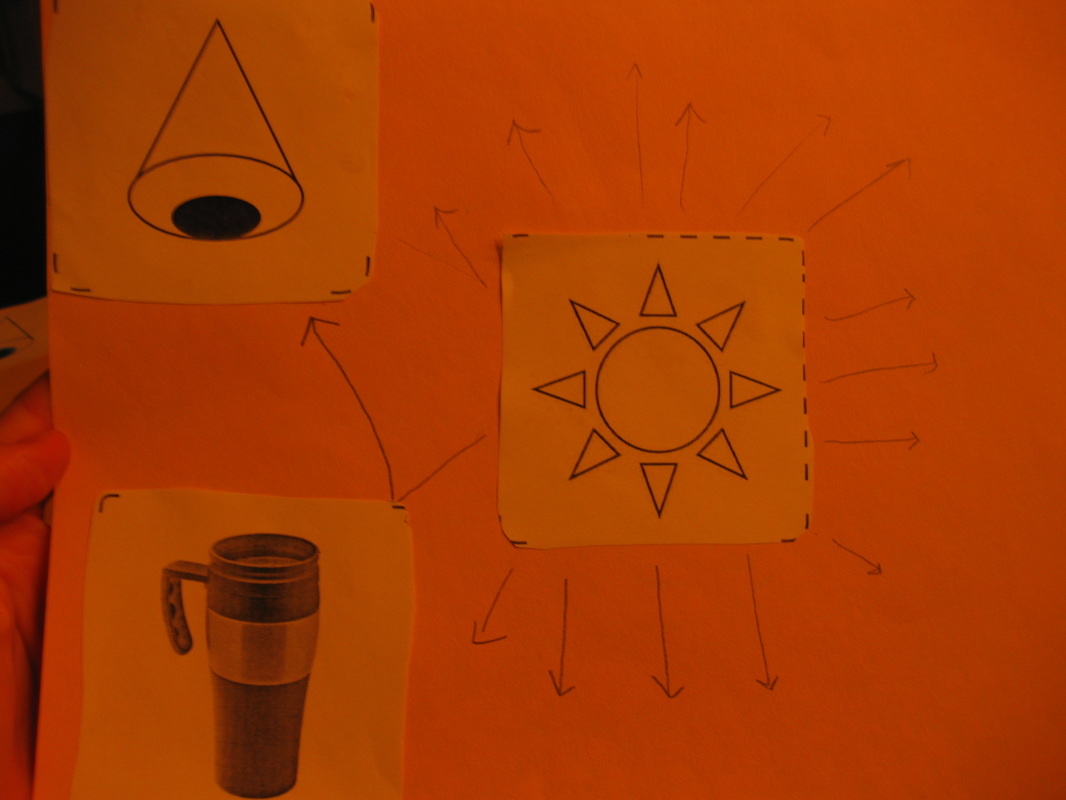
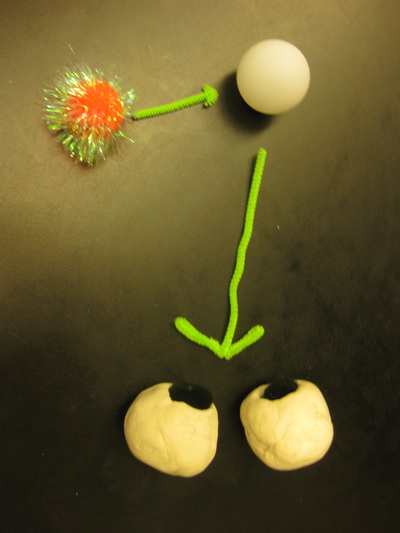
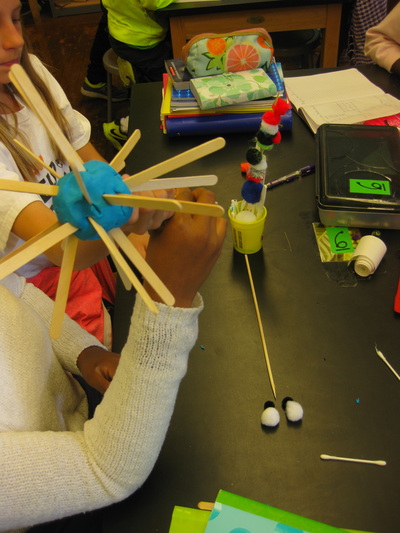
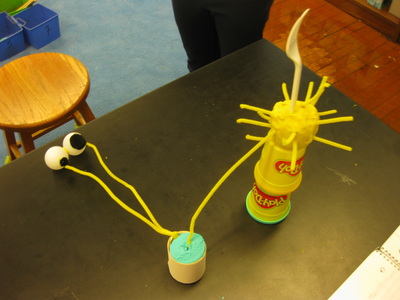
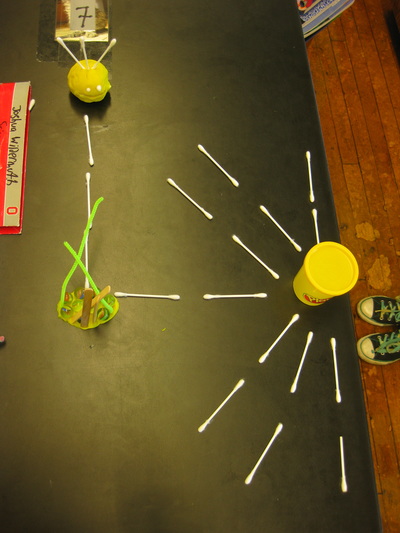
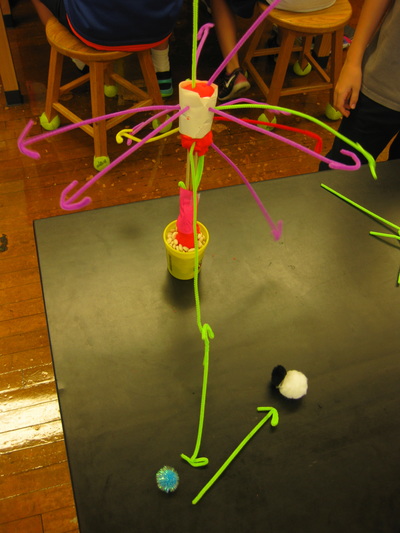
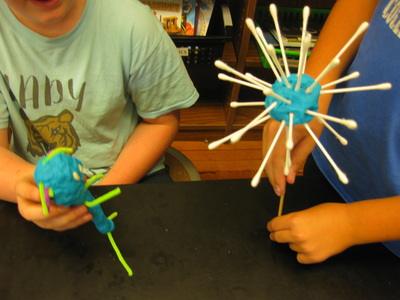
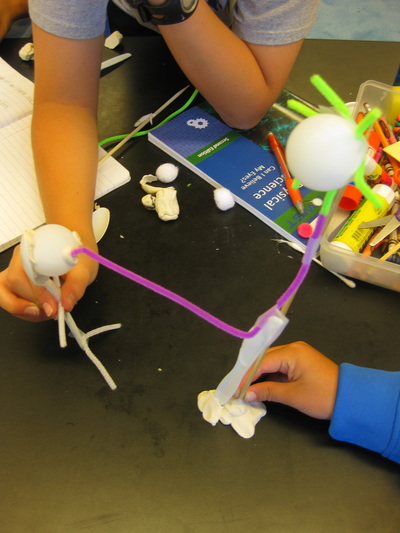
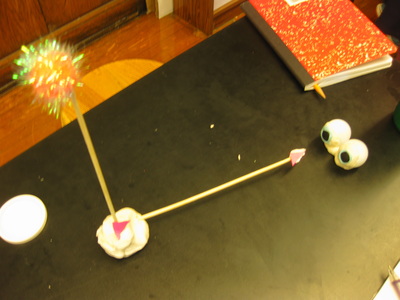
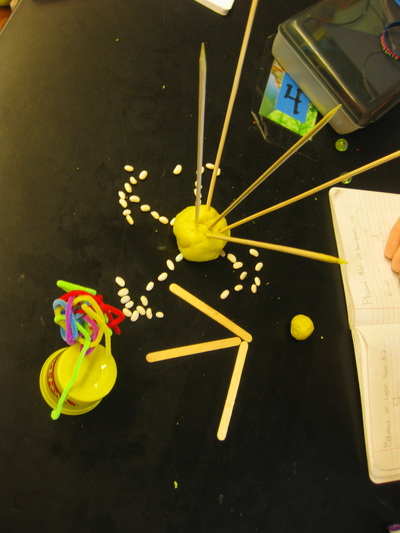
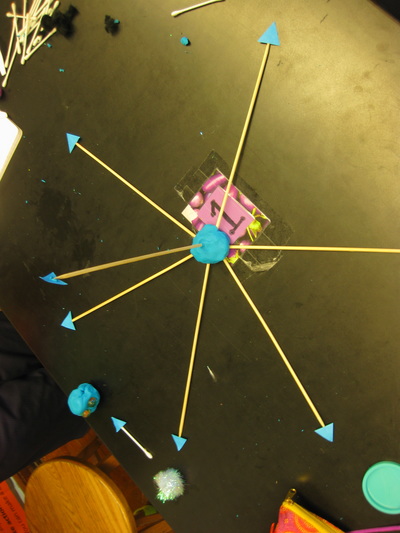
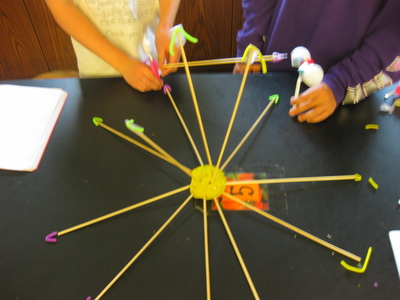
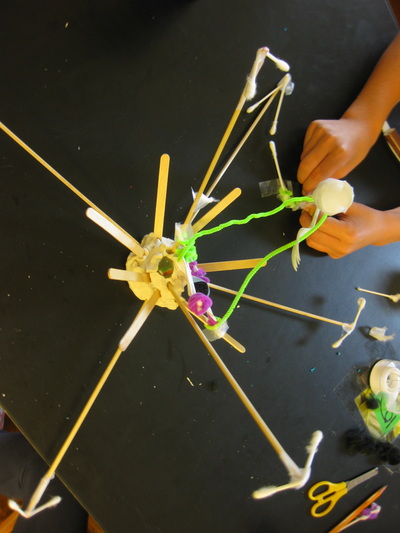
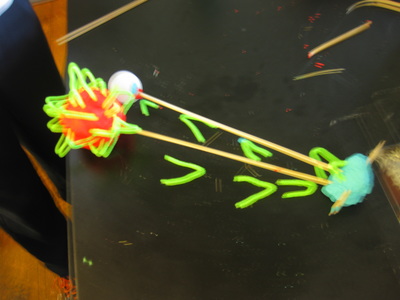
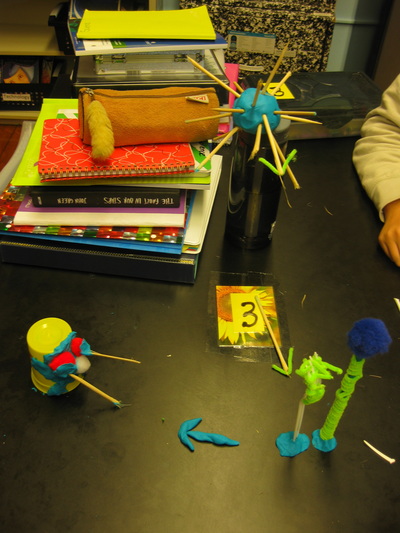
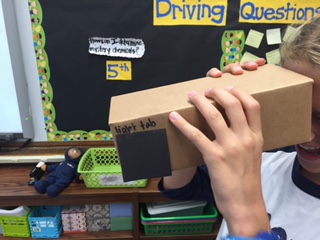
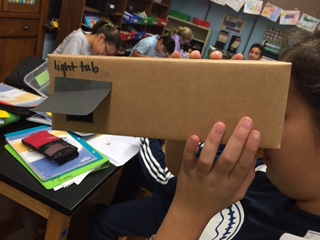
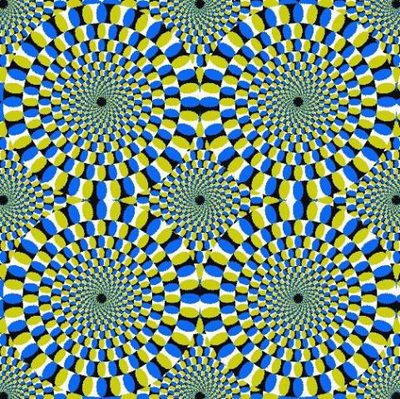
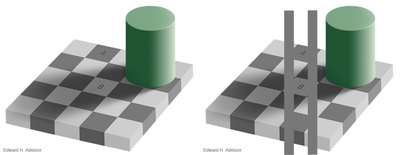
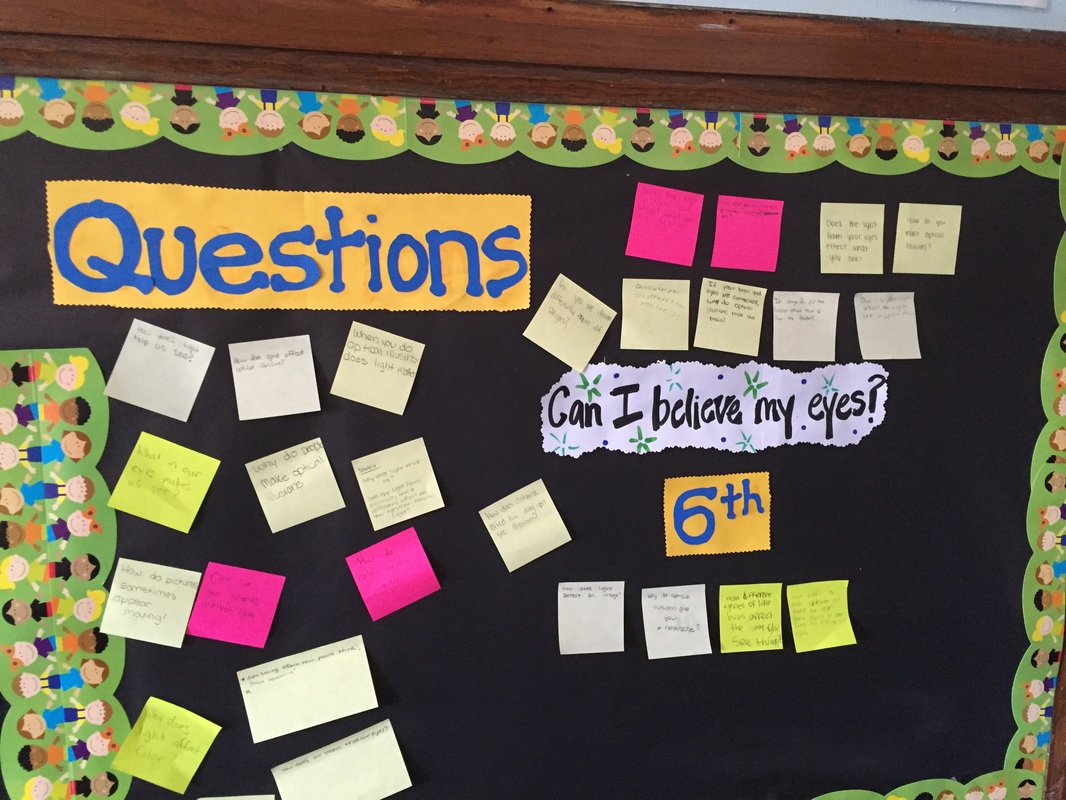
 RSS Feed
RSS Feed